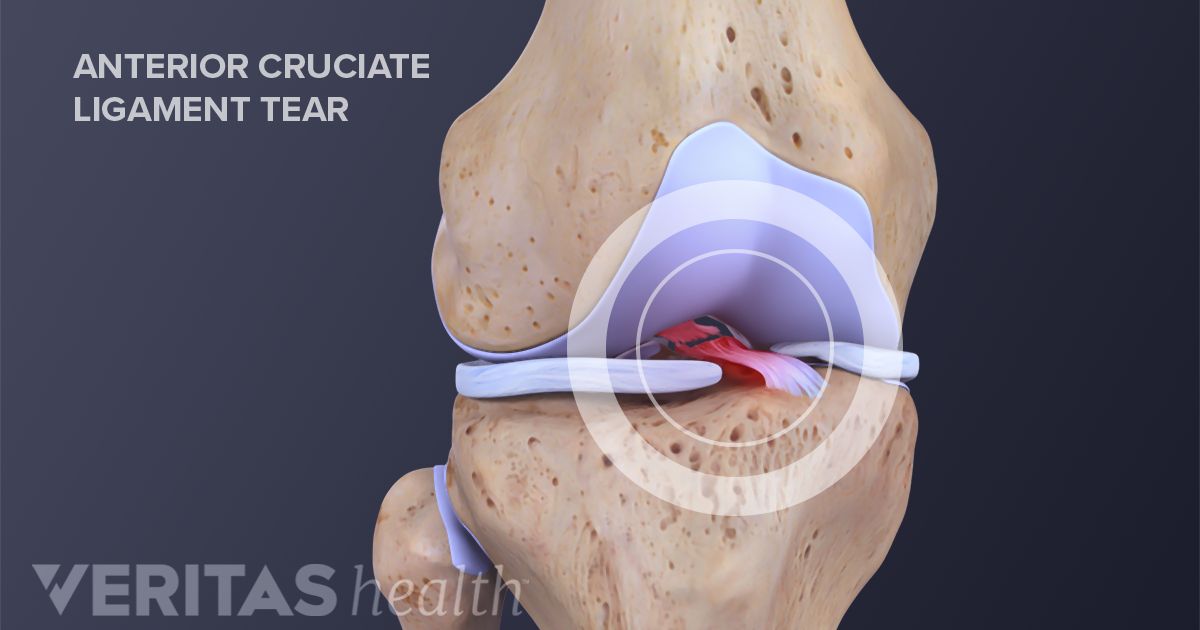

Meeting these goals will assist with a better healing process post-operative including restoration of full range of motion. The goals of attending physical therapy pre-operative include reducing pain and swelling, restoring the knee’s full range of motion and strengthening the muscles. It is likely that you will go through physical therapy for a few weeks before surgery. Other risks specific to ACL reconstruction include knee pain and/or stiffness, poor healing of the graft and failure to achieve symptom relief. Risks of the ProcedureĪs with any surgical procedure potential risks include bleeding and infection at the site of incision. The goal of ACL reconstruction is to restore ligamentous stability to the knee and allow for return to previous level of function. Your doctor can discuss these different options with you and help choose what is right for you. Surgical reconstruction, however, is your best chance to recover full function after an ACL tear. Less active people may choose to treat a torn ligament nonsurgically with a rehabilitation program focusing on muscle strengthening and lifestyle changes.

What are the treatment options?īecause the ACL is not capable of healing itself (ligaments, unlike muscles, do not have their own blood supply), it can only be reconstructed (replaced) surgically.

It is an outpatient surgery that is performed through small incisions around the knee. The torn ligament is removed and replaced with a graft from either your hamstring muscle, your opposite knee patellar tendon or a cadaver graft. Your knee may give way and begin to swell and hurt.ĪCL reconstruction surgery is done to replace the torn anterior cruciate ligament. You may hear a popping sound at the time of injury. This typically happens by sudden twisting movements, slowing down from running, or landing from a jump. The ACL can tear when it’s stretched beyond its normal range. This ligament also helps stabilize the tibia from rotating out of the knee joint. The ACL connects the femur (thighbone) to the tibia (the shinbone) and acts to prevent your femur from moving too far forward over the knee joint. A tear to the anterior cruciate ligament (ACL) of your knee joint is among the most common sport-related injury. Ligaments are tough, non-stretchable fibers that hold your bones together.


 0 kommentar(er)
0 kommentar(er)
